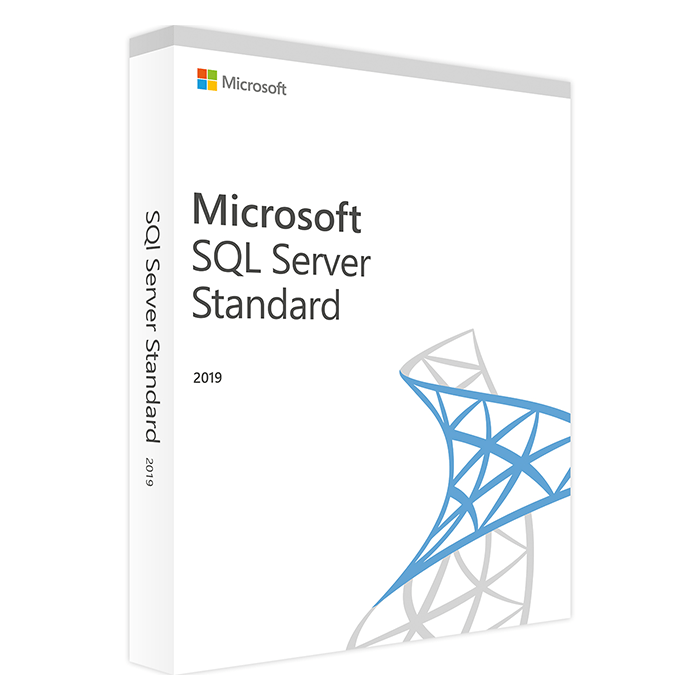Home » SQL Server Backup and Recovery Strategies: Protecting Your Data
SQL Server Backup and Recovery Strategies: Protecting Your Data
In the ever-evolving digital landscape, safeguarding your data is paramount. SQL Server Backup and Recovery Strategies play a pivotal role in ensuring data protection and business continuity. Join us as we unravel the key elements of securing your valuable data assets.
Understanding Data Vulnerabilities
Data is vulnerable to various threats, including hardware failures, accidental deletions, and cyberattacks. We’ll provide a comprehensive overview of these vulnerabilities and why a proactive approach to data protection is crucial.
Types of Backups
Backup is the cornerstone of data protection. Dive into the different types of backups, such as full, differential, and transaction log backups. Understand their unique roles in preserving data integrity and reducing recovery time.
Recovery Models
SQL Server offers multiple recovery models, each with its advantages and trade-offs. We’ll explore the nuances of Simple, Full, and Bulk-Logged recovery models, helping you make an informed choice based on your organization’s needs.
Backup Automation
Manual backups are error-prone and time-consuming. Discover automation solutions and best practices to ensure consistent and timely backups, reducing the risk of data loss.
Testing Your Recovery Plan
Your backup strategy is incomplete without a robust recovery plan. We’ll emphasize the importance of regular testing to verify that your recovery procedures work as intended, minimizing downtime during critical situations.
Disaster Recovery
Unforeseen disasters, from natural calamities to hardware failures, can cripple your operations. We’ll outline comprehensive disaster recovery strategies, including off-site backups, high availability solutions, and geo-replication, to ensure your data is protected in any scenario.
Monitoring and Maintenance
Data protection is an ongoing process. Learn how to establish monitoring and maintenance routines to ensure the health of your backup infrastructure and data availability.
In an era where data is the lifeblood of organizations, mastering SQL Server Backup and Recovery Strategies is paramount. This comprehensive guide equips you with the knowledge and best practices to protect your data assets effectively. By understanding data vulnerabilities, choosing the right backup types, implementing recovery models, automating backups, testing recovery plans, and embracing disaster recovery, you can fortify your data protection efforts and ensure business continuity, no matter the challenges.
Recent posts

SQL Server Views: Simplifying Complex Queries
Explore SQL Server views to streamline complex queries, enhance data accessibility, and improve database management.

Introduction to SQL Server Triggers: Creating Automated Responses
Explore SQL Server triggers and learn how to create automated responses to database events for enhanced functionality.

SQL Server Tables: Creating, Modifying, and Deleting
Learn how to create, modify, and delete tables in SQL Server databases for effective data organization.





